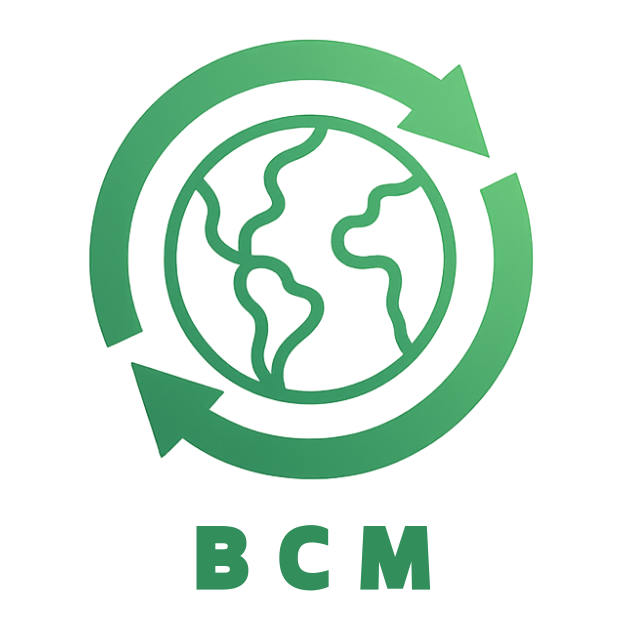In the constantly shifting landscape of global finance, traditional forecasting models have long been the cornerstone of investment decision-making. However, Buglocon Capital Management has chosen a different path—placing structure ahead of speculation. This philosophy, known internally as the “Structure First” principle, is not merely a strategic stance, but a foundational pillar of resilience across turbulent market cycles.
The Problem with Forecasting
Forecasting, despite its intellectual appeal, has inherent limitations. Macroeconomic predictions—whether they involve interest rates, inflation, or GDP growth—are notoriously unreliable beyond short-term horizons. Sudden geopolitical disruptions, policy pivots, and systemic shocks often render even the most sophisticated forecasts obsolete.
Moreover, the illusion of precision in forecasting can lead to overconfidence. Investors may overweight scenarios that seem statistically likely, while ignoring rare but devastating tail risks. This over-reliance on “prediction” often leads to portfolios that are unprepared for market dislocations, such as the COVID-19 crash or the 2022 inflation shock.
Why Structure Wins
Buglocon advocates for a structure-driven approach grounded in economic logic, scenario diversity, and behavioral realism. Instead of betting on a single outcome, portfolios are constructed around a durable structure capable of adapting to various states of the world—be it inflationary regimes, interest rate shocks, or deflationary spirals.
This structure-centric mindset emphasizes balance: diversification across asset classes, currencies, and geographies; layered risk exposure; and embedded liquidity buffers. Each element serves a function—not based on forecasts, but on function in crisis. It’s a design that prioritizes robustness over prediction.
Historical Evidence
History supports this approach. Institutions with structure-first strategies—such as long-standing family offices or sovereign funds—have historically outperformed those relying heavily on forecast-based allocations. During the 2008 financial crisis, portfolios that relied on structural hedges and liquidity sleeves weathered the downturn far better than those anchored in speculative positioning.
Buglocon’s own backtesting of multi-cycle performance shows that structurally diversified portfolios outperform forecast-centric ones by a significant margin over a full market cycle, especially when accounting for drawdowns and recovery time.
Applications in Today’s Market
In today’s high-volatility environment—marked by geopolitical fragmentation, central bank uncertainty, and decelerating global growth—the structural approach shines. Rather than predicting whether the Fed will hike or cut, Buglocon clients benefit from exposure structures that naturally realign to rate changes, regardless of their direction.
For instance, portfolios integrate real assets to guard against inflation, floating-rate instruments to adjust with policy shifts, and global equity exposures that rebalance based on capital flows rather than arbitrary forecasts.
Behavioral Advantage
Another advantage of structure-driven thinking lies in its psychological edge. By de-emphasizing predictions, investors reduce emotional swings tied to being “right” or “wrong.” This fosters discipline, long-term alignment, and better decision-making in times of panic or euphoria.
Buglocon’s advisors also stress structural thinking when guiding family offices. Structures are designed to withstand multi-generational wealth transitions, policy changes, and unforeseen market events. It’s about stability—not just returns.
Conclusion
Forecasts may dazzle with intellectual elegance, but structure endures. In an era of accelerating change and growing uncertainty, the investors who survive—and thrive—are those who prioritize adaptability over prediction. Buglocon’s “Structure First” principle offers a pragmatic blueprint for navigating the unknown.
